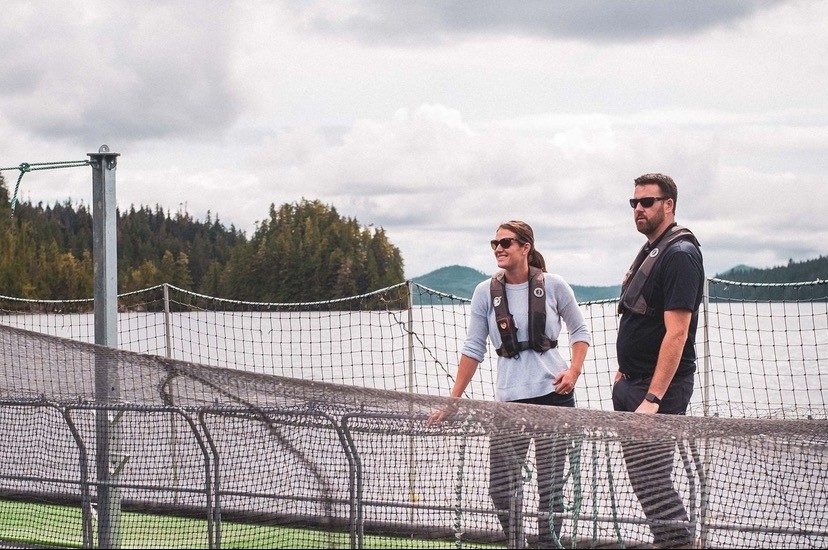Certificate Updates
UBC’s Graduate Certificate in Aquaculture program is still accepting applications for the fall 2021 term. Note that the program will be a hybrid model again this year, with classes on-line combined with in-person field trips.
You can read more about the program on our website, and in this article in Aquaculture North America.
News and Views
The Canadian Aquaculture Industry Alliance (CAIA) and the Fisheries Council of Canada have developed a report entitled “Canada’s Blue Economy Strategy 2040”. This report provides a vision and recommendations to enable sustainable growth of Canada’s seafood industry. Links to the report and summary can be found on the Seafood Opportunity website.
One of the recommendations from the report is around Canada moving ahead with developing an Aquaculture Act. This article from Business in Vancouver explores the potential Aquaculture Act further.
This month saw BC’s first Aquaculture Innovation Awards. The top 10 applicants pitched their innovation at a virtual event hosted by the Province of BC and Innovate BC. Our very own Rickey Yada was a guest panelist at the event.
https://info.innovatebc.ca/2021-aquaculture-innovation-awards
The two award winners were:
- Poseidon Ocean Systems Ltd (pictured above) who designed a “Flowpressor” Technology Platform to reduce diesel fuel consumption by 55% at farm sites. It is an innovative clean compressor technology specifically designed for aquaculture to produce compressed air to run aeration systems, oxygen generators, and feed systems.
- ThisFish Inc. who developed Tally traceability software for the aquaculture sector to enable significant improvements in time and quality through automation and predictive analytics. It links data from farm to factory through IoT devices and tablet computers and uses machine learning algorithms.
There was also a Fan Favourite Award which went to:
Industrial Plankton who develops and produces algae bioreactors for live feed production in aquaculture hatcheries. Their technology is currently used in 20 countries, primarily in shellfish and shrimp hatcheries.
